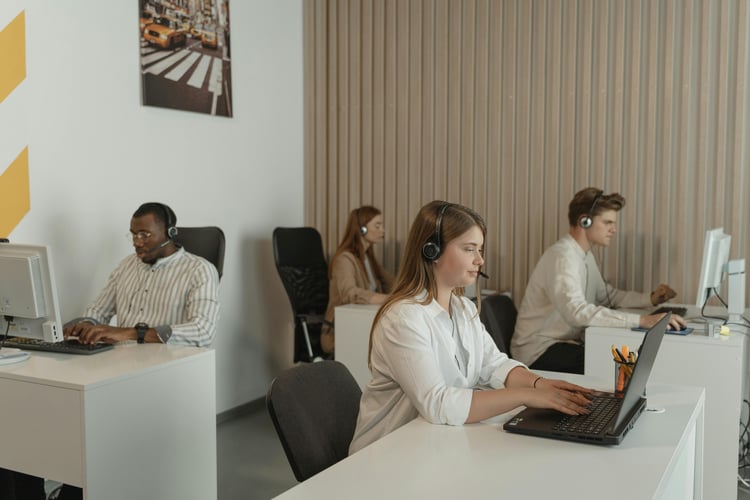

Case Study | Louis Vuitton
An ambition to go beyond traditional psychosocial risk assessment
Louis Vuitton is one of the world’s leading international fashion houses, founded in France in 1854. Its products include luxury bags, leather goods, ready-to-wear, shoes, perfumes, watches and jewellery. Louis Vuitton employs over 34.000 employees worldwide.

“Employee experience is never easy to measure, but for early career talent, it is especially difficult. We already invest a lot in helping our young employees thrive, but we were interested in seeing more data and getting new perspectives on what shapes their EX. Welliba’s science and solution helps us understand some new ideas to take the current listening approaches to a different level”
Jan Houben

“Welliba’s platform allows us to monitor several critical metrics, such as engagement, trust, absenteeism and flight risk in real-time and use these insights to positively impact people and business outcomes. Welliba lets employees, business leaders and HR actively cooperate by simultaneously providing personalised insights and advice to all three groups, while protecting the privacy of every individual. This increased cooperation, self-awareness, and ownership is vital for helping our employees thrive at Louis Vuitton”.
Guillaume Torzec
Context
Increasing support for the Client Services Europe Team
The Client Services Europe Team is based in Belgium, consists of 300 employees and covers 16 countries. The team supports clients through phone calls but also emerging media channels like messaging, online chats or video calls to deliver an unparalleled luxury experience for clients. Team members are required to meet high expectations while constantly needing to adapt to rapidly evolving digital channels. This creates a challenging work environment.
In 2023, Louis Vuitton organised a traditional psychosocial risk assessment. These surveys help to stay legally compliant, but their findings typically lack actionable insights, focus exclusively on the past through the lens of risk factors, and fail to uncover the real root causes of problems. HR needed more detailed and forward-looking data to help improve the experience of team members, to increase people leader effectiveness, and to be able to react more quickly to specific employee concerns.
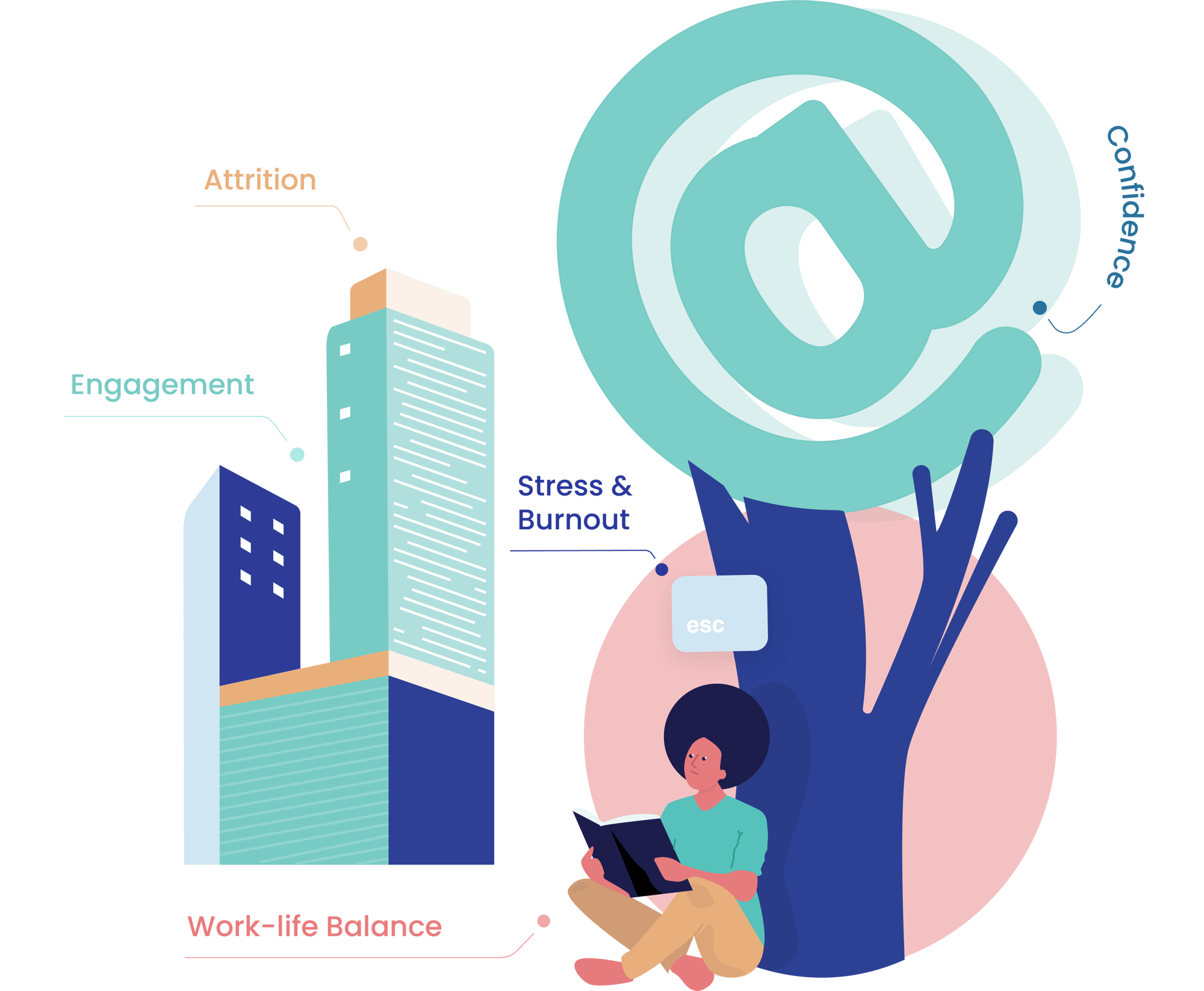
Solution
Psychosocial Risk within the context of Employee Experience
Welliba’s employee experience management system, EX+, measures every employee’s experience as the result of a dynamic interaction between their unique characteristics and their environment. The platform was used to provide LV insights into the underlying dynamics that influence psychosocial risk, aligned with the ISO45003.
- In early 2024, the Service Team Europe completed the EX questionnaire.
- Employee responses were automatically translated into actionable insights, which were personalised and immediately shared with them, along with personalised links to relevant tools and learning resources.
- Managers received insights that allowed them to gain new insights, create specific action plans, and make commitments on what to do differently.
- The Human Resources team received clear, aggregated insights into the experience of teams, departments, and the organisation as a whole. HR organised several Q&A and knowledge-sharing sessions to help managers and employees share ideas, challenges and best practices.
- In early 2025, a re-measurement of the EX survey showed the effectiveness of the initiatives that were taken based on the data and analysis provided in the EX+ platform.
- Several key people metrics had improved significantly. For instance, the proportion of eNPS promoters had increased from 20% to 27%, absenteeism decreased by 4%, while reported wellbeing increased by +6%.
- The programme to enable managers paid off. In March 2024, the top three boosters were: Colleagues (81%), Peer-to-Peer Communication (76%) and Company Brand and Reputation (73%). By January 2025, the influence of direct managers was surfacing in the top 3 boosters.
- Employees received real-time personalised feedback to help them understand what boosts and blocks their experience at work and what resources are available to support them.
- The data revealed that ‘Connectedness’ - the quality and quantity of interpersonal relationships - is the most significant predictor of performance metrics at Louis Vuitton. This can be leveraged to continue to improve outcomes.
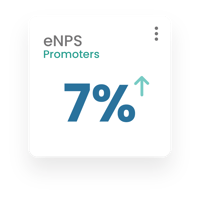
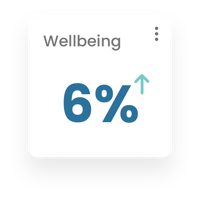
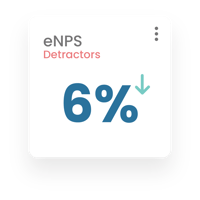
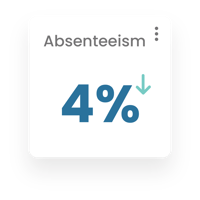
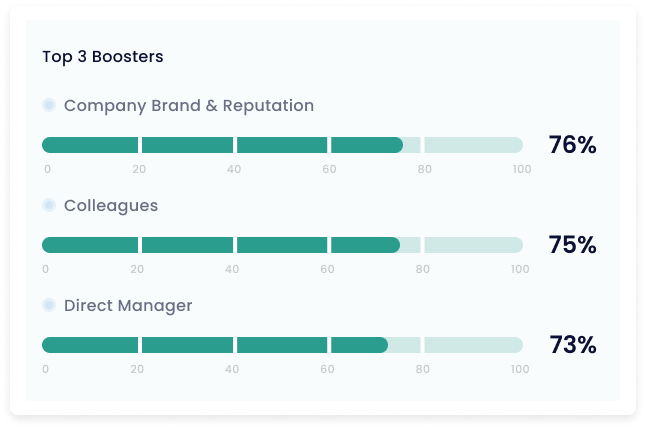

“Our managers play a central role in creating a great working environment at Louis Vuitton. Providing them with detailed insights on what their teams need is a tremendous help. It allows them to start new conversations with their people and convert these ideas into action.”






